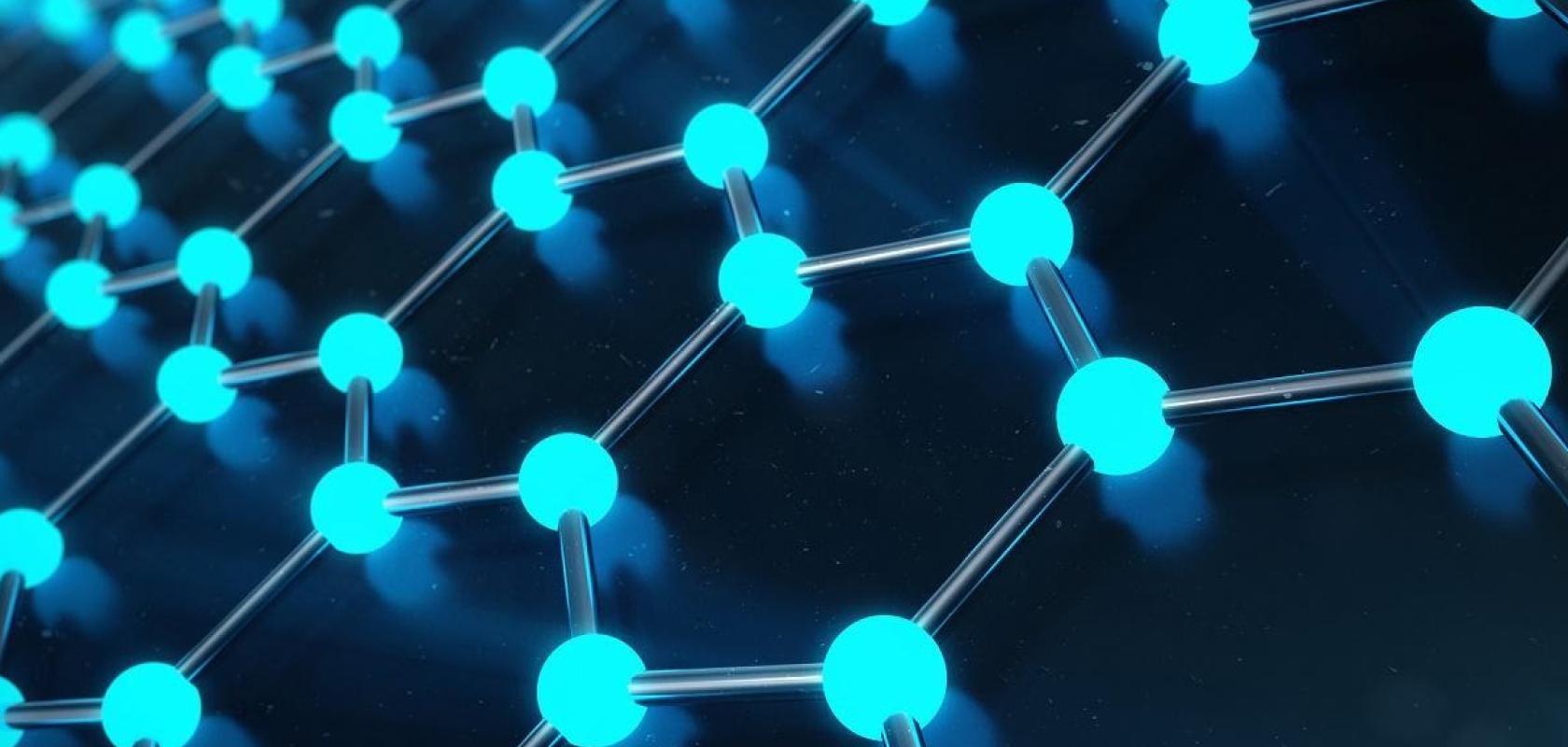Physicists from the Moscow Institute of Physics and Technology and the Institute for High Pressure Physics of the Russian Academy of Sciences have used computer modelling to refine the melting curve of graphite. These findings could help to improve the performance of graphene products - particularly those used in high-temperature environments such as heat shields for spacecraft.
The researchers also found that graphene ‘melting’ is in fact sublimation. The results of the study have been published in the journal Carbon.
About 100 experiments have placed the graphite melting point at various temperatures between 3,000 and 7,000 kelvin. These inconsistent results make it hard to determine the true value. The values returned by different computer models are also at variance with each other.
‘In our study, we observed a strange “melting” behaviour of graphene, which formed linear chains. We showed that what happens is it transitions from a solid directly into a gaseous state. This process is called sublimation,’ commented associate professor Yuri Fomin of the Department of General Physics, MIPT. The findings enable a better understanding of phase transitions in low-dimensional materials, which are considered an important component of many technologies currently in development, in fields from electronics to medicine.
A team of physicists from MIPT and HPPI RAS compared several computer models to try and find the matching predictions. Yuri Fomin and Vadim Brazhkin used two methods: classical molecular dynamics and ab initio molecular dynamics. The latter accounts for quantum mechanical effects. The downside is that it only deals with interactions between a small number of atoms on short time scales. The researchers compared the obtained results with prior experimental and theoretical data.
Fomin and Brazhkin found the existing models to be highly inaccurate. But it turned out that comparing the results produced by different theoretical models and finding overlaps can provide an explanation for the experimental data.
Previously, computer models predicted the melting point of graphene at 4,500 or 4,900 K. Two-dimensional carbon was therefore considered to have the highest melting point in the world.
The researchers produced a more precise and unified description of how the graphite melting curve behaves, confirming a gradual structural transition in liquid carbon. Their calculations show that the melting temperature of graphene in an argon atmosphere is close to the melting temperature of graphite.
The study reported in this story was supported by the Russian Science Foundation and used the computing resources of the Complex for Simulation and Data Processing for Mega-Science Facilities, a federal centre of shared research facilities at Kurchatov Institute.


